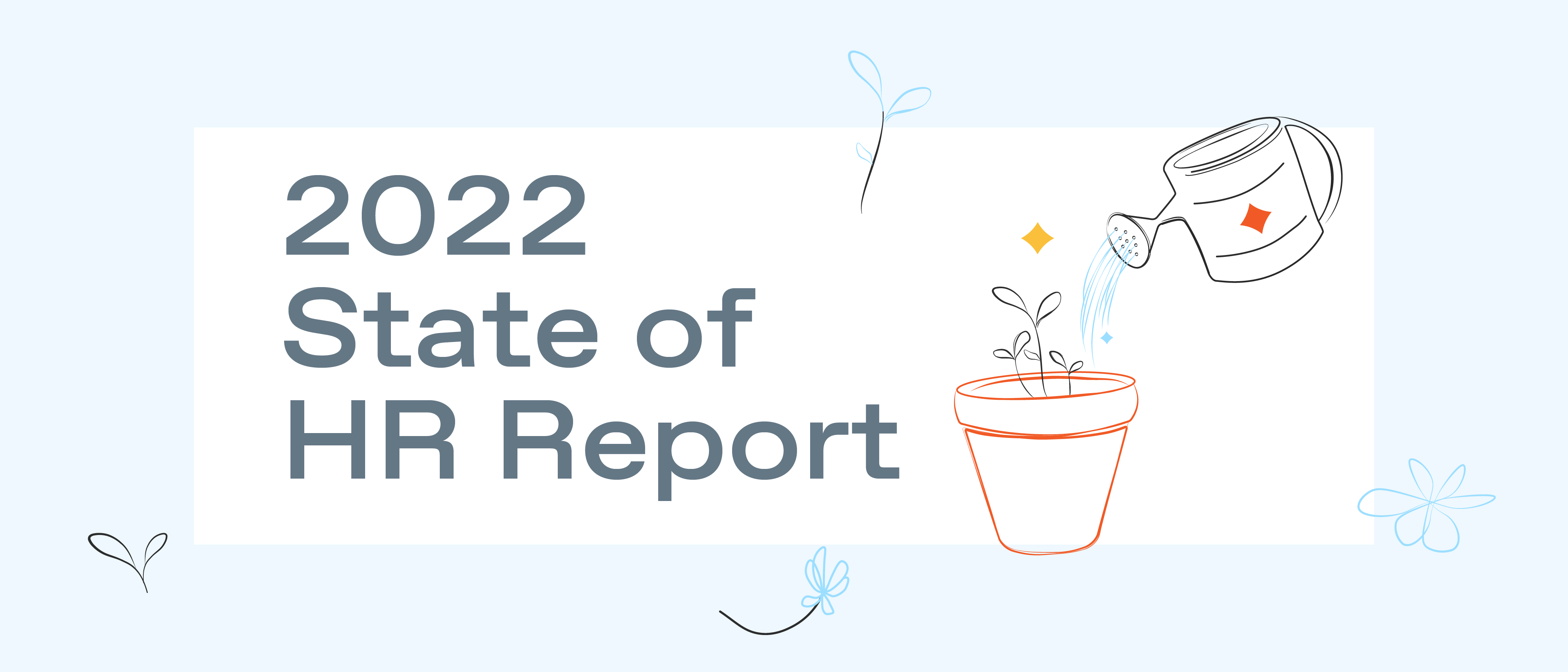Introducing Mineral’s 2022 State of HR Report
The pandemic hit most businesses like a tsunami. It arrived suddenly and upended existing workplace practices and operations. Now, as the worst of the pandemic flood waters have begun to recede, we can begin to assess how these organizations fared.
There’s a wide range of experiences, but we see businesses falling into two broad categories. In the first category are businesses that are still working to return to their pre-pandemic level of performance. In the second category are businesses that are emerging stronger than ever, with people, products, and practices that are achieving record productivity.
The difference is stark and raises important questions. What did the businesses in the second category do differently over the last two years? And what are the steps businesses in the first category can take now to achieve similar results?
State of HR Report Findings
Earlier this year, we sought to answer those questions with the 2022 State of HR Report. In partnership with The Fossicker Group, a Dallas-based research firm, we surveyed nearly 2,700 HR professionals across the United States. We wanted to pull back the curtain on how the pandemic affected business practices and outcomes, as well as how it changed the HR function and the employer-employee relationship more generally. We distilled the major findings of our survey into our 2022 State of HR Report, which publishes today.
There are many important data points and insights in the survey, but one overarching theme is clear. The companies that thrived despite the pandemic, and have emerged with new competitive advantages, are the ones that were most agile and innovative in meeting the changing needs of their employees.
Consider this:
- 83% of companies that increased employee morale during the pandemic also reported increased revenue. This was 2.75x higher than companies that saw employee morale fall over the year.
- Companies with increased employee morale were also over 5.5x more likely to report increases in productivity.
In addition to connecting employee experience to a business’s top line, the report explores the primary drivers of employee morale and found these four aspects of HR bubbled to the top. These were thoughtful compensation, positive work-life balance, training and development that fosters career growth, and an appropriate workload for employees who are unburdened by vacant positions.
The Healthy HR Framework
Companies that executed on all four achieved what we call “Healthy HR.” These companies not only adapted quickly to the pandemic to bolster employee morale, productivity and revenue, they were also twice as likely to evolve their workforce and processes. These companies were:
- Over 10x more likely to tailor benefits to specific employee situations
- Over 5x more likely to offer flexible remote and hybrid work options
- 11x more likely to place mental health as their top priority
- Over 8x more likely to be very flexible in how they design job roles
- 7x more likely to offer flexible working hours and scheduling
- Over 10x more likely to have built well-defined career ladders
The lesson is unmistakable. Especially in times of crisis, setting employees up to thrive means setting a business up to thrive.
HR and People leaders are often at the forefront of this challenge, and the pandemic elevated their visibility, importance, and influence. At Mineral, our mission is to Elevate Teams Every Day. We take it seriously, and especially in light of these survey results. We’ve never been more committed to this effort – and more optimistic about the positive difference we can make through it. We’re grateful to the thousands of partners and hundreds of thousands of employers who trust us to help them progress their HR function and by extension their entire organization.
I invite you to check out the report to learn more about the Healthy HR model. And stay tuned over the coming months as we share more insights from our survey.


